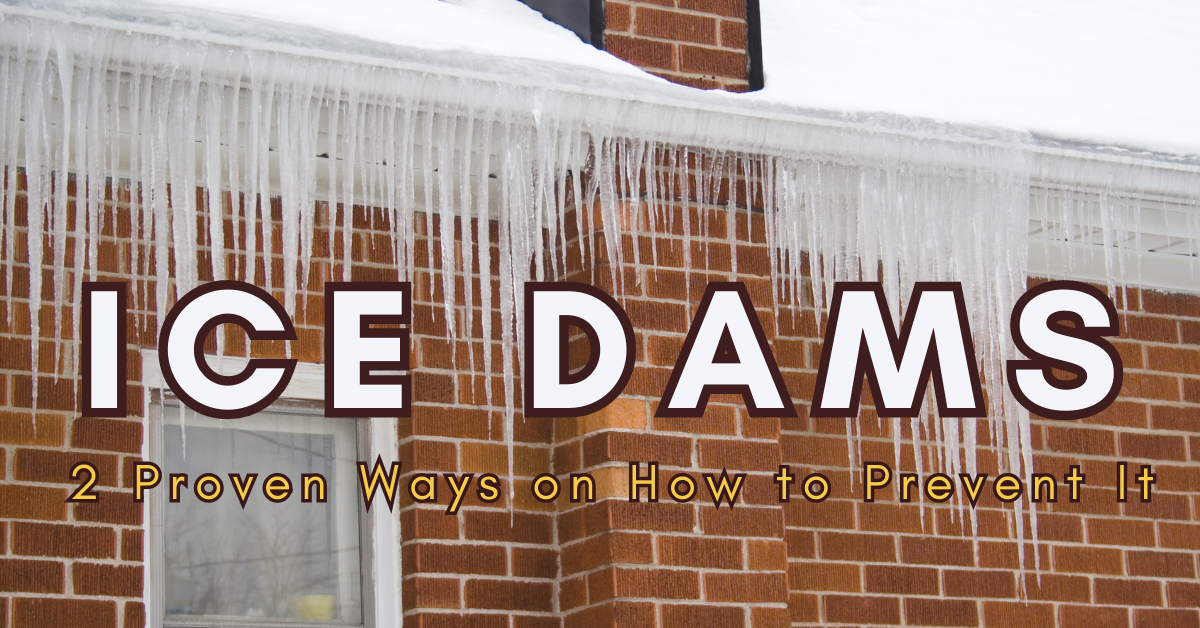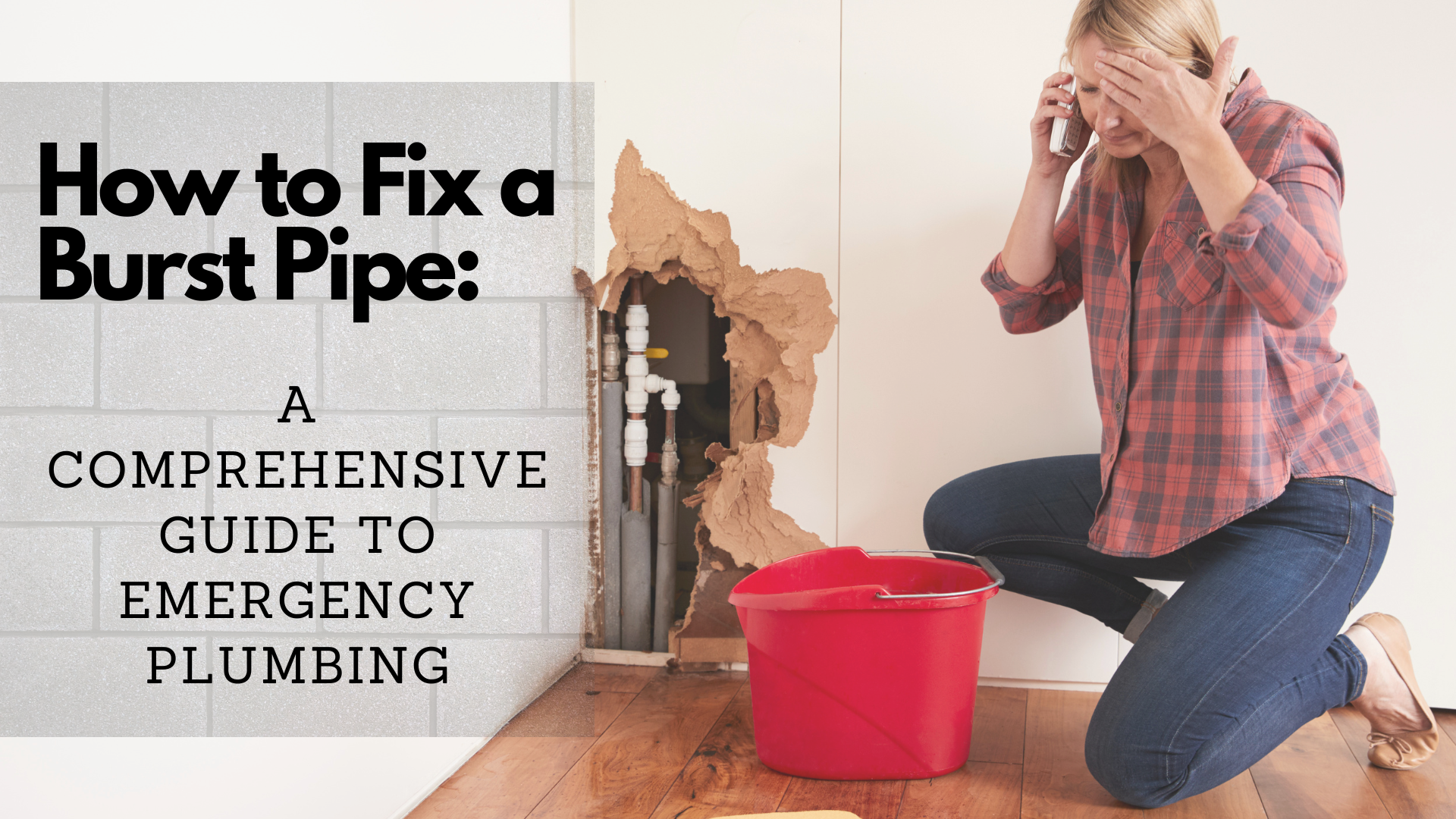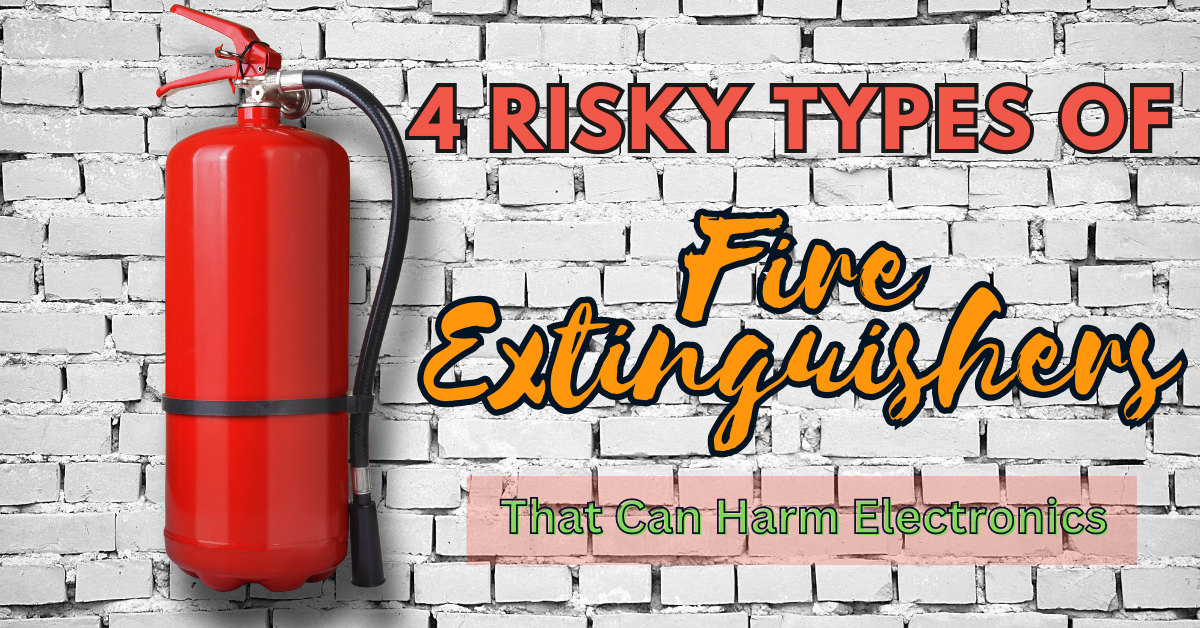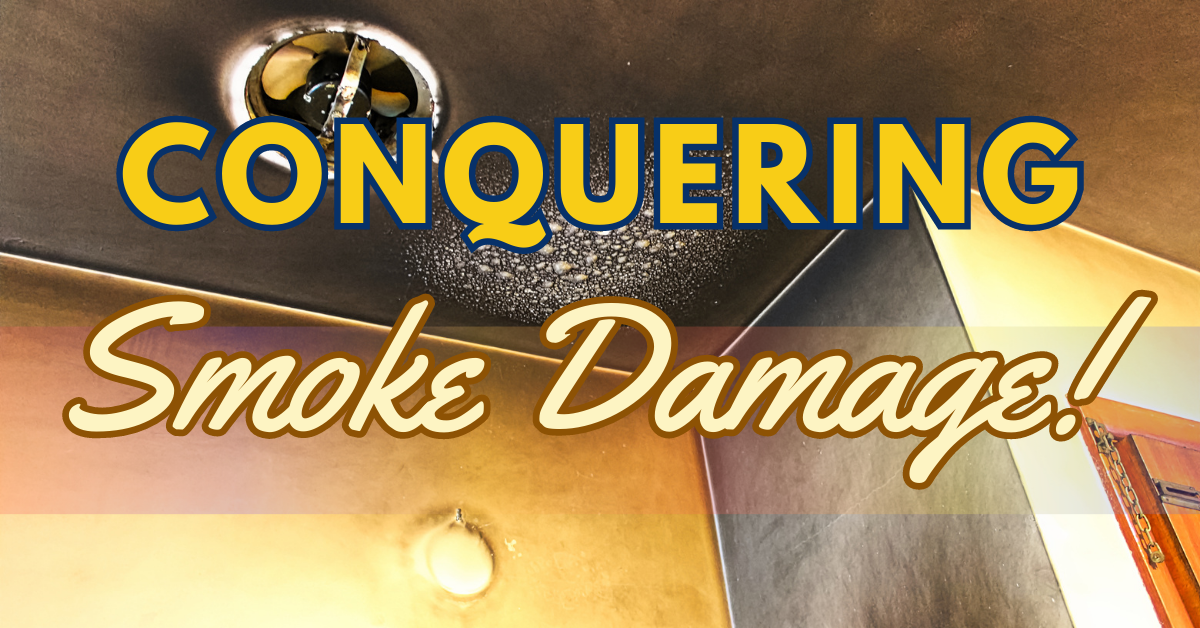 Ice dams, which are a result of cold weather, might appear harmless and enhance the beauty of the surroundings. However, when ice dams form on roofs, they can cause significant issues such as structural damage, water damage to ceilings or walls, and even the growth of mold. That’s why it’s crucial to take preventive measures to avoid the formation of ice dams.
Ice dams, which are a result of cold weather, might appear harmless and enhance the beauty of the surroundings. However, when ice dams form on roofs, they can cause significant issues such as structural damage, water damage to ceilings or walls, and even the growth of mold. That’s why it’s crucial to take preventive measures to avoid the formation of ice dams.
The following paragraph provides information on ice dams and ways to prevent them.
How Do Ice Dams Form And What Are They?
Ice dams are formed when ice accumulates along the edge of a roof, gutter, or soffit. Normally, this is not a problem when there is snow or ice present. However, issues arise when the temperature outside or in the attic increases, causing the snow to melt. Typically, melted water should flow off the roof. But in certain situations, when the outside temperature drops and the roof’s edge is below freezing, the water refreezes and forms a dam-like structure. This ice dam obstructs the natural flow of water, causing it to collect behind the dam and potentially seep into the roof shingles. This can result in water leaks and damage to walls, ceilings, and surrounding areas.
Though insurance companies cover the cost of the repair for water damage caused by ice dams, it will never be enough to cover all the inconveniences and time spent on fixing everything. The best to handle this problem is to prevent it from happening in the first place.
How To Prevent Ice Dam Formation
Heat is the number one factor that can lead an ice dam to cause damage to property. Fortunately, there are several ways of preventing ice dams in winter. But insulation and ventilation are the best solutions to take.
-
Insulation
Since the main reason for ice dam formation on roofs is the temperature from the attic that causes the snow to melt. The warmer the temperature in the attic is the faster the snow melts. Keeping your attic at a low temperature is a good start in preventing ice dams.
Install insulation in your attic and if insulation is insufficient, add more. Installing more insulation is as easy as laying more layers to the existing ones. However, there are fallbacks to this procedure. If you have questions about this procedure, it is best to throw them to a professional roofer or insulation person.
Moreover, inspect the weather stripping and the insulation on attic stairways. Make sure that this is properly sealed and in good condition to prevent ice dams.
-
Ventilation
The other best solution in preventing ice dams is ventilating your attic. Generally, houses with proper attic ventilation are not prone to ice dams. Letting the cool breeze from the outside circulate in the attic space prevents ice dams to form.
To make sure your attic is well-ventilated, first, inspect if the existing vents are not covered with insulation or anything. Remove anything from the soffits so outdoor air can flow freely. Check the size of the vent opening. The standard guideline for venting is 1 square foot for every 150 sq. ft. of attic floor area.
If your attic has no vents, adding a ridge vent can be your best option. If you need more information about this procedure or need help installing it, you might as well contact a professional roofer.
Aside from insulation and ventilation, proper roof maintenance can prevent ice dams in winter.
What To Do When You Have Ice Dams
Ice dams do not harm. What is causing the problem is the melted water that seeps into your home. Using a shovel, chisel, or hammer or throwing salt on your roof cannot solve the problem. Luckily, there are temporary fixes you can take if you notice signs of ice dams.
- Blow in cold air using a box fan. Make sure to place it in the area where the water is leaking. Doing this will freeze the water.
- Rake it. Remove the accumulated snow or ice with an aluminum rake. But, remember your safety while doing this.
- De-ice it. Use a pair of pantyhose and fill it with calcium chloride. Place it on the roof crossing the ice dam and overhanging on the gutter. Calcium chloride can help in melting snow and ice.
When removing ice dams, you should always consider your safety before taking any action. If an ice dam seems to cause damage to your property and removing it can be difficult for you, opt to hire a professional restoration company to help solve your problems with it.
Water Damage from Ice Dams?
If you experience water damage from ice dams, contact Water Damage Riverside. This certified restoration company has expert specialists and technicians that can deal with all kinds of water damage from several causes. They use advanced equipment and techniques to fully mitigate the damage and restore your home. Call them today for a free estimate.




